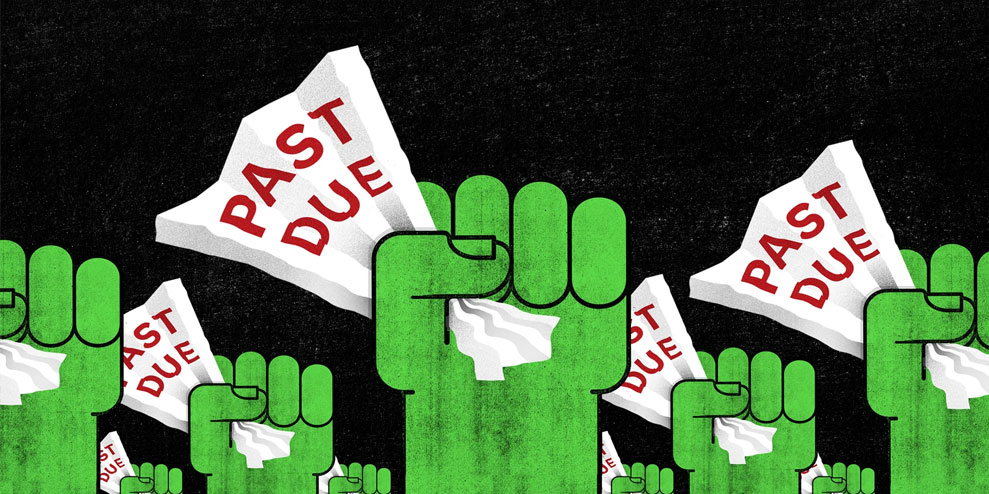Though some of the language around customer experience can appear fuzzy, a poor experience creates an experience debt – a gap between a customer’s expectations and the company’s performance – making this clear throughout the organisation will help to embed experience thinking deep in business processes.
This is according to the strategist Ramzi Yakob. Speaking at the Digital Transformation Conference, Yakob defines this debt as “the costs that you create when you knowingly compromise your customers’ experience without due care and consideration”. (For a full treatment, read WARC’s in-depth report Experience debt: how Aviva is rethinking the digital customer experience)
Ultimately, this idea is rooted in the nature of big business and the compromise it must make when building products compared to lighter more agile firms. Yakob is interested in what makes big firms compromise CX, placing functionality over usability or desirability: a situation he describes as when “you have to deliver the script that was agreed but you can compromise that script as much as you want, and not get fired.”
Part of the problem, as ever, is the fluffiness of the language (see examples such as “delightfulness”) and the low likelihood that a CFO will turn the funding taps on as a result of it. Therefore, what designers and strategists need to do is illustrate the damage under-resourcing or compromising on CX can result in. The risks are wide and complex: from diminished purchase consideration, to lower loyalty or price elasticity.
It’s not about being perfect, Yakob stressed. “The whole point of digital product development and agile [behaviour]is that you sense and react to how customers react to what you bring to the world.” To do this, beta products should be signalled open and honestly to customers.
Meanwhile, on the building side, he recommends giving “this thing that you will recognise happening in either your organisation or your clients’ organisations a name so you can point at it and de-escalate what would otherwise be quite hostile conversations.”
–
This article first appeared in www.warc.com
Seeking to build and grow your brand using the force of consumer insight, strategic foresight, creative disruption and technology prowess? Talk to us at +9714 3867728 or mail: info@groupisd.com or visit www.groupisd.com


